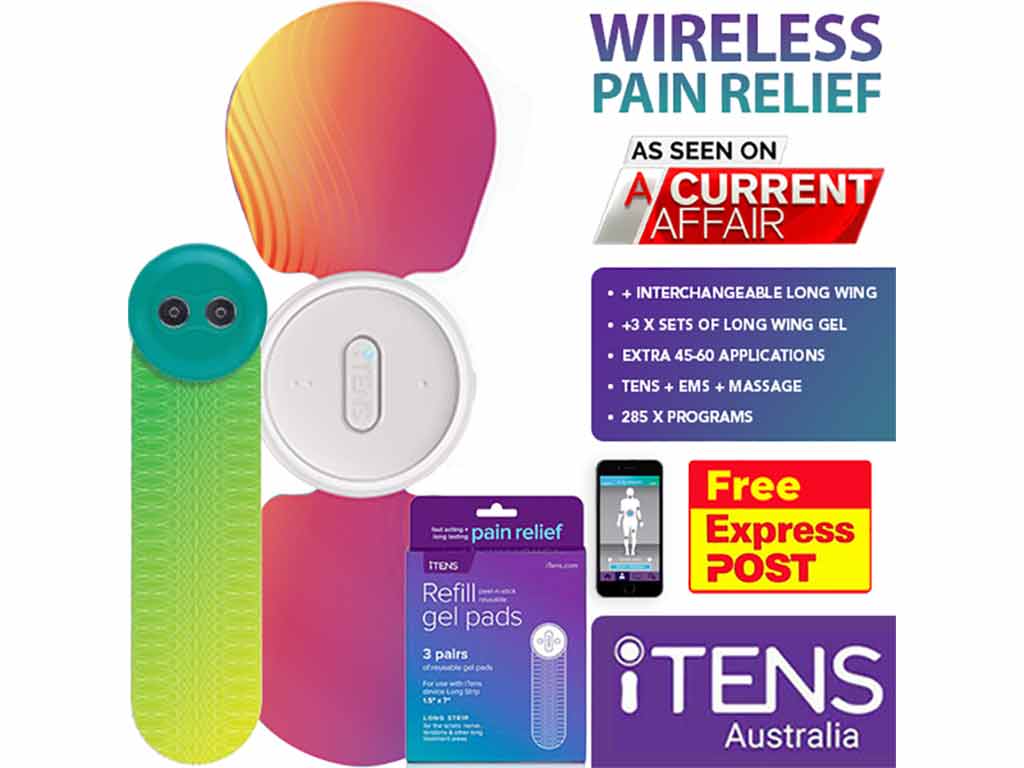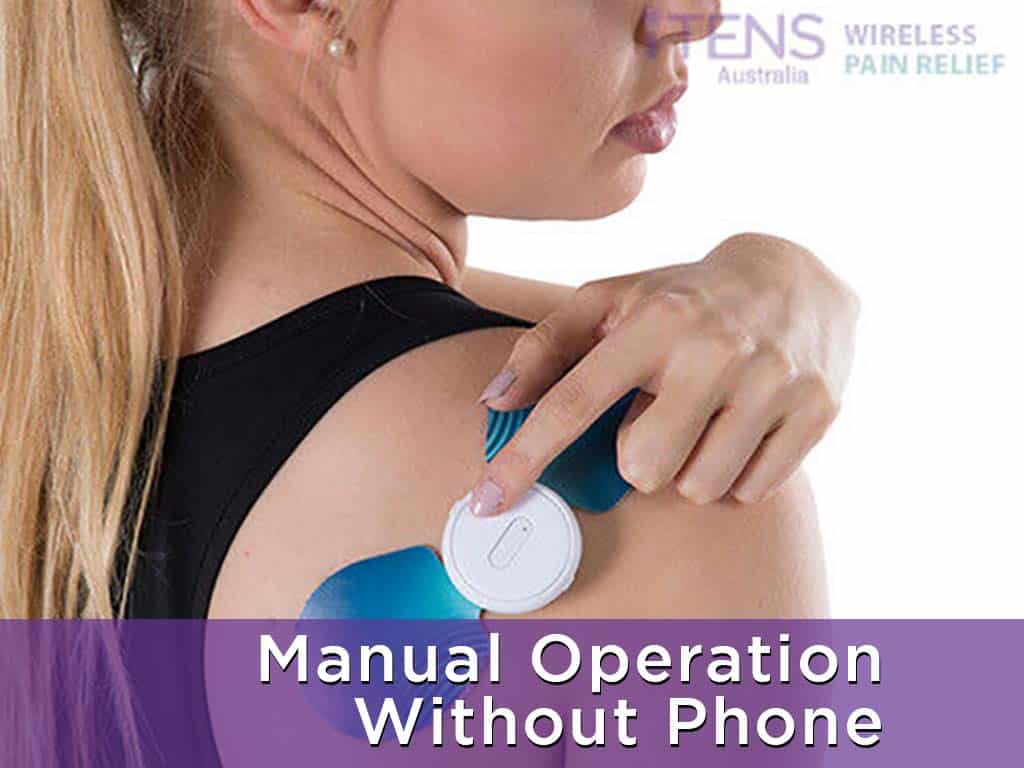
Transcutaneous Electrical Nerve Stimulation (TENS) is a popular method of pain relief. It involves using an electronic device that delivers electrical currents to the body. Accordingly, the mechanisms of action behind TENS for pain relief are twofold, providing analgesic effects. Foremost, it operates based on the Pain Gate Mechanism. Additionally, TENS contributes to the production of endorphins. Furthermore, electrical stimulation can boost blood circulation in the treatment areas.
Living with different types of pain can be a constant struggle, affecting the quality of life. Hence, finding a pain management solution is crucial. Traditional forms of pain relief may include physical therapy and pain control medications. However, they may not always provide an adequate level of pain relief. Fortunately, TENS therapy offers effective management for various characteristics of pain. The following sections will present TENS therapy for pain relief, its mechanisms of action, and how to conduct it.
What is TENS for Pain Relief?
TENS for pain relief is a therapeutic tool widely acknowledged in the medical field. It involves a battery-operated electrical device that emits electrical impulses. Accordingly, it sends the electric currents via electrode patches attached to the skin. Individuals with pain frequently turn to TENS for relief. Nevertheless, medical professionals and physical therapists often recommend the use of TENS.
The TENS units come in both traditional and modern forms. Traditional TENS devices are generally simple, offering basic functionalities. They are often wired and more affordable. On the other hand, modern TENS devices have embraced technological advancements. It usually features sleek designs and enhanced functionalities. These may include digital displays and Bluetooth connectivity for easy control via smartphones.
Furthermore, the device features vary but generally cover several vital functionalities. Most TENS units have adjustable settings. Users can control the pulse rate, intensity of stimulation, and duration. Also, some models have pre-set programs to target a specific type of condition. Individuals can purchase a TENS machine from physical and online stores.
Types of Pain Suitable for TENS
- Acute Pain Conditions: Sudden and usually results from a specific cause. It might arise from period cramps, tension headaches, and sports injuries.
- Chronic Pain Conditions: Persists for months or even years. It can stem from ongoing conditions such as fibromyalgia, arthritis pain, and chronic neck pain.
- Musculoskeletal Pain: Relates to the bones, ligaments, tendons, and nerves. It may include knee joint pain, osteoarthritis pain, and rheumatoid arthritis.
- Neuropathic Pain or Nerve Pain: Caused by nerve damage. It may involve diabetic neuropathy, sciatica, and peripheral neuropathy.
- Muscular Discomfort: It can arise from tension, overuse, or minor injuries. It is usually localised and can manifest as soreness.

Mechanisms of Action Behind TENS for Pain Relief
Firstly, TENS for pain relief functions through the pain gate mechanism. It is based on the theory that the electrical pulses from TENS can block the pain signals travelling to the brain. The concept hinges on the notion that the nervous system can only handle certain information simultaneously. Hence, by activating non-painful nerves, TENS effectively “closes the gate” to pain messages. It prevents them from reaching the brain and being perceived as pain.
Secondly, TENS stimulates the release of endorphins. Endorphins are the natural pain relievers of the body. These are substances that, when released, produce a feeling of well-being and diminish the perception of pain intensity. It binds to opioid receptors in the brain and spinal cord. Nevertheless, the electrical pulses from TENS encourage the body to produce these chemicals.
Lastly, the increased blood flow facilitated by TENS is another avenue for relief. TENS therapy stimulates the nerves and muscles, encouraging the dilation of blood vessels. Enhanced blood flow aids healing by delivering more oxygen and nutrients to the body tissues. Additionally, it removes waste products that can contribute to discomfort and inflammation.
Benefits of TENS Therapy
Foremost, TENS therapy is a non-invasive and non-pharmacological intervention. It does not require injections, surgical procedures, or medications. Thus, it eliminates lengthy recovery periods and dependency issues on drugs. Secondly, the customisable feature of TENS units empowers users to tailor the parameters of the stimulation. Individuals can fine-tune their therapy sessions for optimal relief.
Accordingly, TENS is a cost-effective solution. Once purchased, people can use a TENS device repeatedly. It offers relief without the recurring cost of medications or frequent medical appointments. Additionally, TENS can be an adjunct treatment. It can be integrated seamlessly into broader pain management plans.

How to Conduct TENS for Pain Relief
Administering TENS for pain relief involves simple steps. Before starting, ensure the TENS unit is fully charged or has fresh batteries. Then, gather all components, including electrodes and lead cables (if necessary). Afterwards, choose the appropriate size and shape of electrode pads for the area of the body where relief is needed. The size and shape can vary depending on the specific body part.
Subsequently, clean and dry the skin area where the electrode patches will be placed. Next, attach the pads following the proper electrode placement. Do not place the electrodes on the head, eyes, mouth, throat, chest, bony prominences, spinal cord, and broken skin. Once the pads are in place, turn on the TENS unit. Individuals can adjust the settings or choose a pre-set program depending on the device.
Nevertheless, begin with the lowest setting and gradually increase it to a comfortable intensity. A tingling or buzzing sensation is normal but should not be painful. Use the TENS device for the duration a health professional recommends, usually 15 to 30 minutes. Once the session is over, turn off the TENS unit and gently remove the electrodes.
Safety Guidelines
Foremost, consult a healthcare professional before undergoing TENS therapy. It is particularly vital for individuals with underlying medical conditions. These may include people with pacemakers, heart problems, epilepsy, and pregnant women. Accordingly, adhere to the proper pad placement. It is crucial to ensure correct positioning and the effectiveness of TENS therapy.
Additionally, do not start the treatment with a high setting. It can cause electrical shock and further discomfort. Furthermore, do not use TENs continuously for extended periods to avoid skin irritation. Moreover, avoid using the TENS unit while driving, operating machinery, or in water.
Conclusion
In conclusion, TENS for pain relief is a highly effective method to alleviate discomfort. It utilises a battery-powered device to deliver electrical currents to the nerve fibres. Medical professionals and therapists often recommend TENS therapy. Accordingly, TENS involves various mechanisms of action. Foremost, the electrical pulses can interrupt the transmission of pain messages. Secondly, TENS can prompt the production of endorphins. Additionally, the currents can boost blood circulation.
Furthermore, TENS therapy is versatile, non-invasive, non-pharmacological, customisable, cost-effective, and can be an adjunct treatment. Nevertheless, conducting TENS treatment requires a simple step process. Initially, gather all the components of the device. Subsequently, locate the treatment area and prepare the skin over it. Then, turn on the device. Finally, adjust the settings and initiate the therapy. While TENS is safe, knowing the safety guidelines is crucial for an optimal TENS therapy experience.







